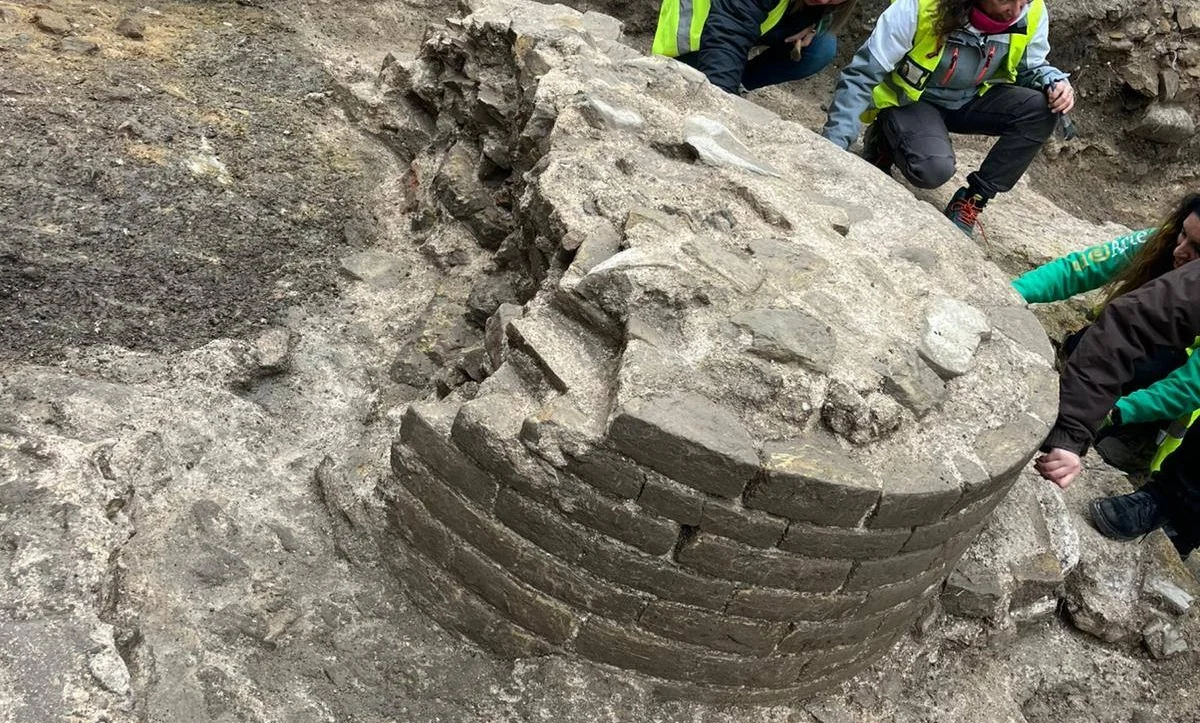Around 30,000 BC, during the last Ice Age and with sea levels 120 meters lower than current levels, the first signs of human occupation appear on the American continent. The origins of these early settlements remain a mystery, but theories suggest that people may have followed the 5,000 km icefield that crossed the Atlantic Ocean or sailed along the “Kelp Highway” that ran along the Pacific rim from north Asia to America.
As the Ice Age draws to a close, Beringia forms a land corridor that connects America with Asia, and animals and humans gradually pour in. The climate continues to warm up, facilitating the domestication of plants endemic to the continent, and ceramics appear. Populations begin to settle, and the first cultures emerge, such as the Chinchorros, the Valdivia, and the Mound Builders.
The Caral civilization is the first to emerge in the South, followed by the Olmecs in the center of the continent and the Chavin civilization in the Andes. The Zapotecs become the new dominant civilization, with Monte Alban as the capital, and the neighboring city of Teotihuacan sees dazzling prosperity and development. The article ends by noting that there is still much that remains unknown about the early settlements and civilizations of the American continent.







